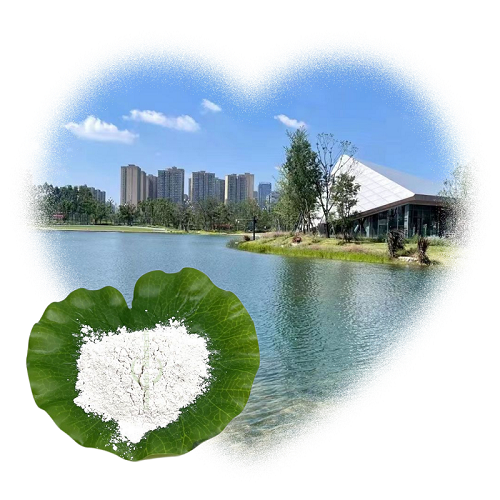
Home Products Sewage Treatment Bacteria Papermaking Wastewater Treatment Aerobic biological treatment of organic
① Biochemical reaction of aerobic biological treatment
In the process of aerobic treatment of wastewater, the following three kinds of biochemical reactions are mainly involved: decomposition reaction, synthesis reaction and endogenous respiration; The degradable organics in the sewage are decomposed into stable inorganic substances such as carbon dioxide, water, ammonia, etc. under the action of Anaerobic Microorganisms.
② Metabolic process in aerobic biological treatment
It is mainly divided into aerobic heterotrophic metabolism process and aerobic autotrophic metabolism process. Autotrophic bacteria commonly encountered are mainly ammonia oxidizing bacteria and nitrifying bacteria, which are sometimes collectively referred to as nitrifying bacteria. These two bacteria can remove ammonia nitrogen from wastewater, and also provide the possibility for subsequent biological denitrification, which provides a basis for the ultimate removal of nitrogen pollutants from wastewater.

Organic aerobic biodegradation process
The possible organic substances in organic wastewater are mainly proteins, carbohydrates, organic acids, fats, aldehydes, ketones, etc. These substances are mainly composed of carbon, hydrogen, oxygen, nitrogen, phosphorus, sulfur, etc. The final products of their aerobic decomposition are stable carbon dioxide, water, nitrate, sulfate, phosphate, etc.
① Carbohydrate degradation
Carbohydrates are first hydrolyzed into monosaccharides before being absorbed by microorganisms. Under the action of enzymes, a part of monosaccharides are used to synthesize cellular substances; The other part is finally decomposed into carbon dioxide and water.
② Fat degradation
Fat is a relatively stable organic matter, but it can also be decomposed by some microorganisms. No matter what form it takes, the first step of fat decomposition is to first hydrolyze it into glycerol and fatty acids. Some of it synthesizes the cellular substances of microorganisms, and some of it is converted into pyruvic acid under aerobic conditions, and finally oxidized into carbon dioxide and water through the circulation of tricarboxylic acid.
③ Degradation of aromatic compounds
Aromatic compounds are benzene derivatives, most of which have certain toxicity, but can also be degraded by microorganisms under appropriate conditions. For example, phenol can be transformed into succinic acid and acetic acid through a series of intermediate products under the action of microorganisms, and finally into carbon dioxide and water.
④ Protein degradation
Under the action of protease, protein can be hydrolyzed into amino acids before entering bacterial cells. In cells, amino acids can be used as raw materials to synthesize bacterial proteins, or converted into other amino acids, or decomposed into ammonia and organic acids through deamination. Organic acids can be finally converted into carbon dioxide and water through decarboxylation.
Name: Nicole Yu
Mobile:+86 17718148007
Tel:+86 17718148007
Whatsapp:8617718148007
Email:sales@kashionbiotech.com
Add:No.6, Zhanxi Road, Yaohai District, Hefei City, Anhui Province, China.